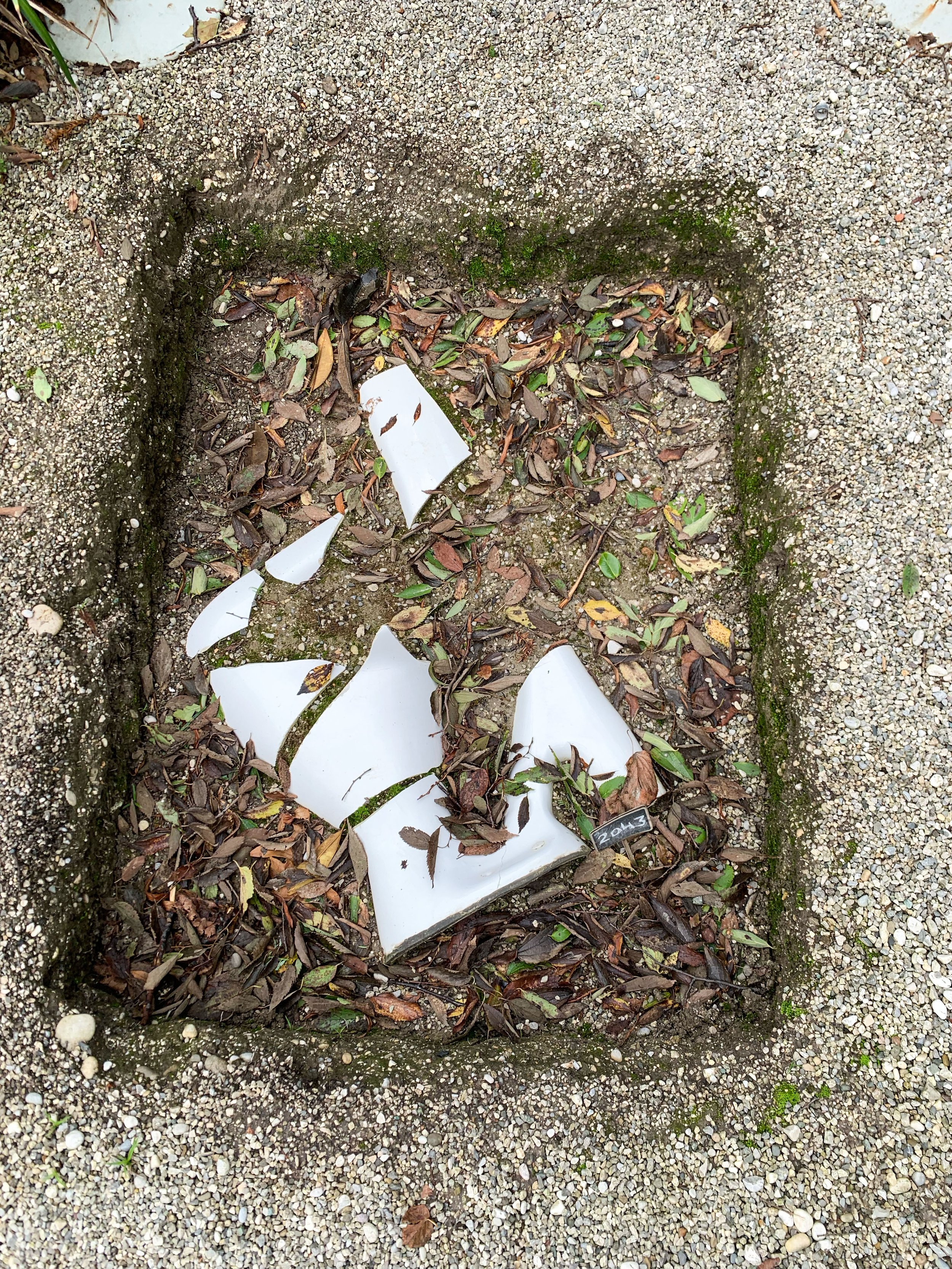Knowledge bank » Topic 2 » Article » Perspective 7

Place-based architecture:
In the Perspective of a Universal Local Resource
Arja Renell, Dry Collective, Finland
Pictured: Huussi. Photo: Miina-Jutila.
Text: Malin Zimm
Research: Angelica Åkerman
Table of Contents – Perspectives on Place-Based Architecture
In the Perspective of An Architecture Office
Sören Nielsen, DenmarkIn the Perspective of An Innovation Program for Local Authorities
Malin Kock Hansen & Oda Ellensdatter Solberg, NorwayIn the Perspective of Policymaking on an Urban and National Level
Borghildur Sölvey Sturludottir, IcelandIn the Perspective of A Regional Support Structure
Caroline Bergmann, SwedenIn the Perspective of Tools for Knowledge
Arne Høi, DenmarkIn the Perspective of A Grass-Root Initiative
Mads Peter Laursen, Denmark
In the Perspective of A Universal Local Resource
Arja Renell, Finland
In the Perspective of The Educator
Marwa Dabaieh, SwedenSummary: In the Global Future Perspective
Roundtable
On the 14th December 2023 a roundtable was held with the contributing experts to this article, discussing the topic further.
At the Venice Architecture Biennale, just outside the Finnish Pavilion, a shallow grave is unearthed, revealing its contents. It is a severed water closet, its porcelain parts white as bare bones, resting in peace. This is the subtle opening act of the exhibition “Huussi – Imagining the Future History of Sanitation”, curated by Arja Renell and the Dry Collective for the 2023 Finnish Pavilion. The exhibition critically reassesses the infrastructure of sanitation, in response to freshwater shortages which have long been a global situation, but more recently a reality in Europe. Creating the future sanitation infrastructure naturally includes the possibility of restoring the nutrient cycle in food production. Visitors to the exhibition can experience the huussi, a traditional dry toilet, with all their senses. Properly maintained, it does not emit any unagreeable smell while it produces a local resource of highly nutritious soil. Vegetables and plants thrive in cultivation beds in and around the pavilion, demonstrating the result of the full cycle. The huussi itself comes with its own vernacular architecture – a small scale tribute to a resource that is as universal as it is local.
Tools to make place-based decisions
In her work, Renell works with clients and users in early stage, where a lot of important decisions needs to be made. Using a special model, all important data goes in to cost evaluation and program planning, a lot of repetitions can be avoided in the design and building process, where work involves a lot of people and becomes very expensive. The challenges are mental- and process based. A lot of great examples exist and are very inspirational – we need to increase the level of education, starting with even beginning to talk about the issues of sanitation. In our contemporary societies, Arja Renell reminds us that we need to question where we are building, whenever we are building, or we will immediately waste the chances - presented by the place itself – of reevaluating the decisions, instead often architectural decisions and building processes are copy-pasted from one place to the next. Making profits, copy-pasting is a money-saving method, and it is difficult to compete with the efficiency of copying something that is repeatedly built, and thoroughly calculated. Building with local materials and local knowledge is something that is not built in bulk, so it has become more expensive even if that does not make sense. We have to make it possible and financially attractive, whatever the tools may be to make place-based decisions in creating architecture and infrastructure. We have to realize that it may not be cheaper than what is globally repeated as architecture around the world. If we want to do something different – what are the methods, structures and tools we need? If we have successful models, these can be cheaper in the long run, but in the short run, we need to invest in pilot projects and models to challenge the old system. The huussi makes sense as an example of this, in itself a small structure, but the creation of a new system, beginning with place-based decisions.
Huussi outside the Finnish Pavilion at the Venice Architecture Biennale. Photo: Ugo Carmeni.
Photo: Angelica Åkerman.
The value of the local
Making sense, to Arja Renell, sums up the efforts. Having grown up in a generation that experienced a positive outlook on the world, the contemporary crisis in both humanitarian and climate sense reminds us of the value of local resources. If something good is coming out of a global conflict, it may be that it shows us the value of local – the flow of materials becomes visible. The sewage is a good example of a complex structure that is draining resources, with a solution that presents itself in the form of the most obvious place-based resource. Arja Renell shows the Huussi as a game-changer in a system that needs to change, where the mental shift is necessary to see our waste as a valuable resource and transition to treating it as such. At the moment, this most invisible part of buildings and of entire societies, holds the secret to not only re-evaluate waste, but also re-evaluate our built environment.
Info
Name/Case: Hussi – imagining the future history of sanitation
Where: Venice biennale, Finland pavilion
Who: Arja Renell, architect, curator + The dry Collective (Eero Renell, partner of von Boehm – Renell Architects; Emmi Keskisarja and Janne Teräsvirta, the founders of e&j architects; Antero Jokinen, an independent designer, writer and creative director; and Barbara Motta, an architect based in Udine, Italy)
Where: Venice Biennale of Architecture 2023
Finance: Archinfo – infomation Center for Finnish Architecture
When: 2023
Level/Scale: Other
In the perspective of: The educator
Marwa Dabaieh, Sweden
In the perspective of: A grass-root initiative
Mads Peter Laursen, Denmark


